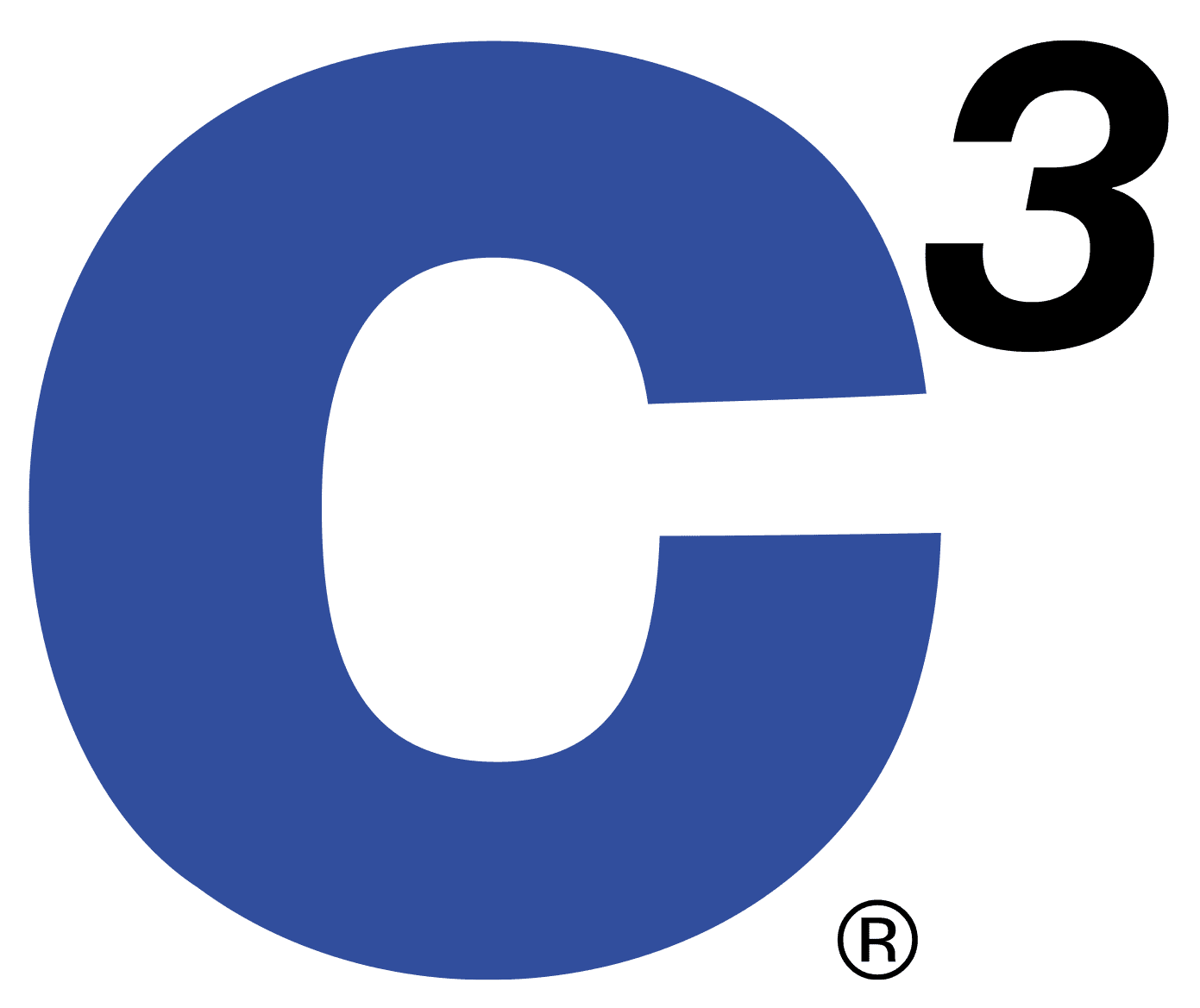Do you know what glue coat weight is ideal for every layer of every product you manufacture? How much glue do you consume per mattress? Do you change your coat weight per bed or per layer? Never?
We found most manufacturers aren’t able to determine the amount of glue they apply in actuality to each layer of their build. Many set an average coat weight for all of their production to reach their desired coat depth, but do not have a good way to test if it’s accurate or appropriate for all the foam layers they process.
This year, our engineers set out to solve these issues to maximize production efficiency. We wanted to resolve questions like “How much glue is needed and used?” and, “How can we automate this step?”
Automated gap control saves you in glue consumption costs and interruptions, plus it saves production time. It also improves the quality of the glue bond as a result, which allows manufacturers to make the most out of their lamination equipment and move straight from lamination to packaging without additional cure time.* See how it works:
You can see starting at 0:15 in the video how quickly the glue ribbons change on the roller. To program this automation, there are two additions on the machine to monitor glue coat weight. With a simple test, the proper gap is calculated by finding the accurate glue coat weight. This data is then inputted into the machine for each layer of the build. From this data, the machine will automatically adjust its gap to meet the needed coat weight for each layer.
Our laminators can hold up to 200 of these recipes, so you can program and save data for all the products you manufacture.
This process is critical when dealing with a variety of foam materials. Each type of foam will pick up glue from the rollers differently. These set-up tests help you find the ideal mid-point between a foam-tearing bond and a short drying time for each layer. If you take an ordinary three-layer mattress, where the first two layers are conventional foam and the third is a visco, the glue needed to bond the two traditional pieces is most likely less than the necessary glue to bond the visco to the conventional foam. He explains that with the former method of running all foam at the gap setting for the layer that needs the most (the visco), you end up over-applying glue by as much as 4 grams/sq ft on the other layers.*

To maintain the accuracy and effectiveness of this feature, sensors placed in front of the rollers measure the height of the incoming layer, then the rollers adjust vertically to match. The rollers will lower to apply glue at the desired coat weight, or you can set the machine to reject layers that are out of spec. The sensors and rollers even work together to adjust for convoluted and contoured foam layers.
Through testing, we found that this feature used on C³ Lamination machinery and latex glue allows some products* to pass straight from lamination to packaging without additional storage and cure times. This evolution will enable facilities to make the most of their lamination and packaging line without costly WIP for curing. Instead, operations focus on accumulation prior to the lamination process in order to keep up with the speed of the lamination and packaging system.
If you’re looking to reduce the inefficiencies of over-consuming glue and storing products to cure, automated gap control will help solve them. Contact us today to learn more about how C³ automation helps you achieve your operational goals.
*Product and facility dependent
